Heat Recovery Ventilators (HRVs) are an essential component of any air-sealed high performance home, bringing in fresh air and removing moisture. An HRV uses the heat in stale exhaust air to warm incoming fresh air. Until now, this has meant a centralized heat transfer core and a network of ducts feeding and drawing air throughout the home. With Lunos wall insert air exchangers that is no longer the case. Below is a video from the manufacturer for a better understanding of how they work.
Lunos is the first HRV system that does not require venting air to a centralized core, but rather provides that same service with individual units placed inside your exterior walls, making it the ideal compact HRV unit for reno's and retrofitting.
Consequently, there is no need for ductwork or reserving space in your mechanical room for an air change system.


These systems are a direct interface between the inside air and the outside air, installed in a sleeve that passes through the wall. Lunos e² systems work in pairs: units are wired together to ensure the house is not pressurized or depressurized, one blows in while the other blows out; then after about a minute, they both reverse directions.
The heat recovery is provided by a ceramic core, which is heated by exhaust air, and incoming air is warmed as it passes through the core. The cycle is reversed about every 90 seconds to heat and continually extract heat from the core.
According to European test standards the manufacturer claims to its efficiency is 90.6%. Note: The unit is also able to recover the moisture at a rate of 20 to 30%.
What we like about Lunos:
The universality of the system: Just cut a hole in the wall to install it. No need to provide space in the mechanical room or install a system of distribution ducts and air returns.
Its contribution to air quality: By having the proper amount of units well placed within a home, you can ensure the optimal indoor air-change rate required for the health of occupants. Higher quality filters are available (MERV 9-10), which can prevent pollen and dust from contaminating indoor air.
Energy efficiency: The system has a high heat recovery, and performance is not dependant on the quality of duct installation.
Operational cost: The energy required to operate the fan is very low (0.11 - 0.14 W / cfm), corresponding to about $5-10 a year to run all the units, depending on the size of your house and local utility rates. Basically, they're pretty cheap to run.
Moisture management. The system is capable of exchanging heat and humidity. Thus, in the manner of an ERV (Energy Recovery Ventilator), it helps to maintain the relative humidity of the air inside the house.
In addition, frost problems are avoided in the device thanks to the frequent reversal of the direction of airflow. The ceramic core was tested at -35 ° C with a relative humidity of 80%, without any problem.
Quiet operation: The tube diameter is 15 cm (5 inches) and has a normal operating noise level of 19.5 dB (pretty much unnoticeable unless you press your face up to it).
The downsides of ductless ERVs and HRVs:
Originally we were a bit concerned with the relatively high cost of the system. However we recently installed some and this seems to be sufficiently offset by the absence of a bill for installing duct work.
The lack of performance evaluation: Often, 'no news is good news', but not if you're considering something new to the market that has a very important job to do. Your air exchange system is just such a thing. We will be happier when there are more of them out there so their performance can be better measured.
The risk to the envelope if poorly installed: Each new opening in the building envelope presents a new potential point of air leakage and moisture damage. By multiplying the openings, it also increases the risk. So, seal the sleeves well, and as an added measure, surround it with insulation that isn't moisture sensitive; mineral wool for example.
The lack of convincing data: Given its unusual characteristics, the product's efficiency cannot be tested to the same standards as other heat recovery ventilators. This is one of the points of quantifying the actual energy efficiency of the product. The current efficiency of the product is tested according to European standard (DIN 308 / DIBt protocol) and it would be beneficial to establish the same testing protocols as other equivalent products on the market in order to compare them.
The loss of point removal of moisture: Conventional HRV units draw exhaust air from whatever point in a home you choose; for example in the bathroom, as it eliminates the need for fans exhausting moist air and odors directly outside.
Bathroom fans and stove hoods can be a problem in an airtight house due to the depressurization they can cause, and possibly affecting their operation. That leaves the option of opening a window to supply new air (less than ideal), though the Lunos does have the capability of running all units in an intake mode to rebalance air pressure while venting air outside .
The cost: about $1,250 (Canadian) for a pair of Lunos e² and about $ 1,000 for a Lunos e-Go. For some perspective on cost, an average home of 2000 ft² with 4 bedrooms would have a ventilation requirement of about 27 L / s (58 cfm) and 3 pairs of Lunos e² to ensure a sufficient supply of fresh air.
Now you know more about home ventilation options for renovations. Find all you need about indoor air quality in the Ecohome Green Building Guide, or see these pages:
And sign up here for a free Ecohome Network Membership and promote your business for free! |



















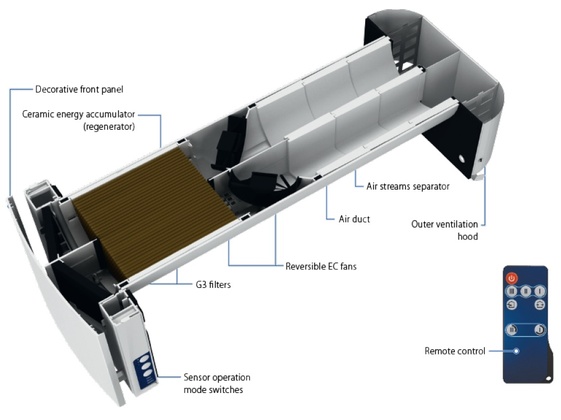



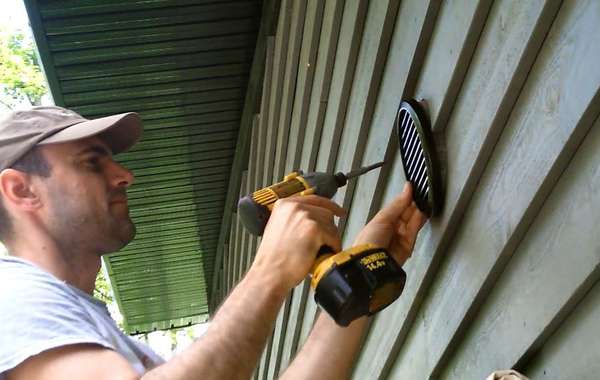

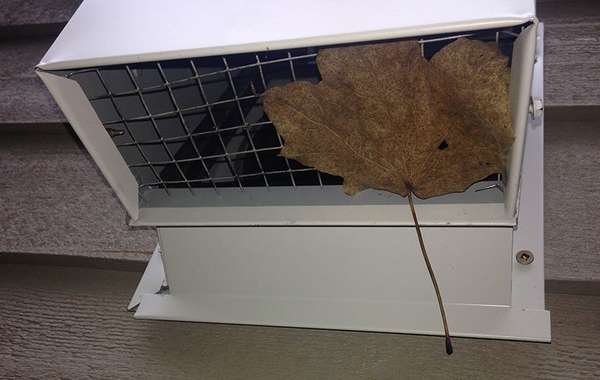


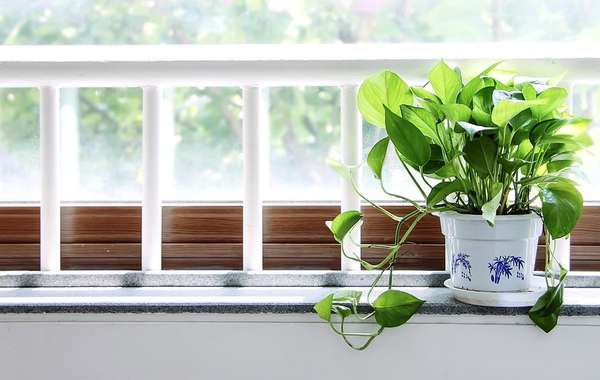


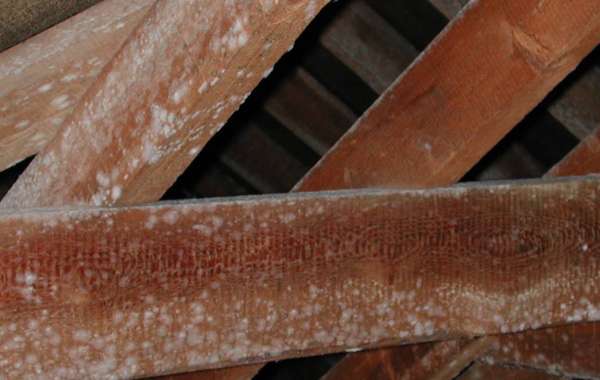

Ho do you pre-heat the air at -30C?